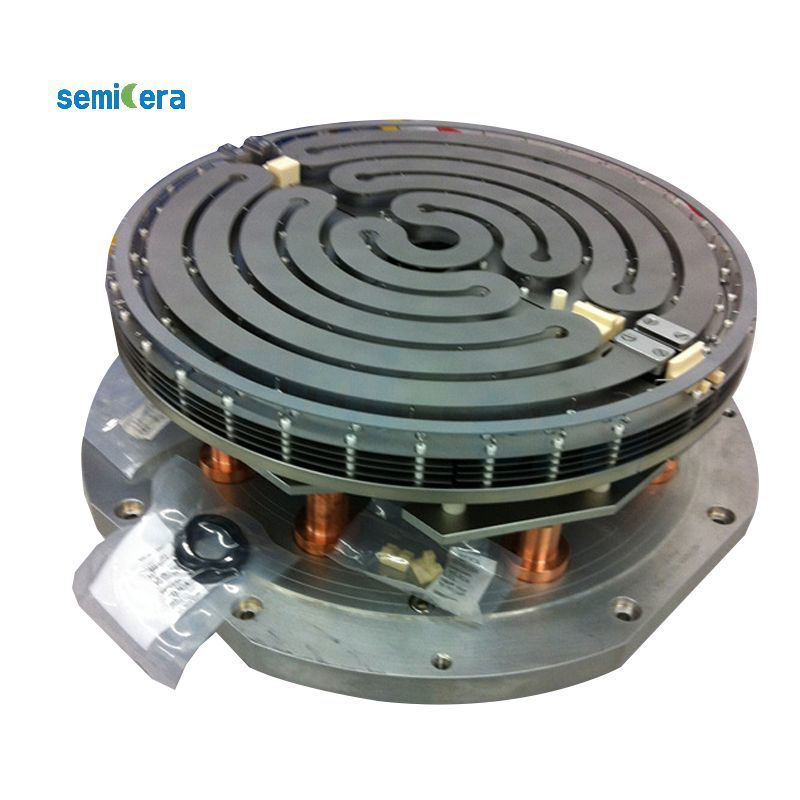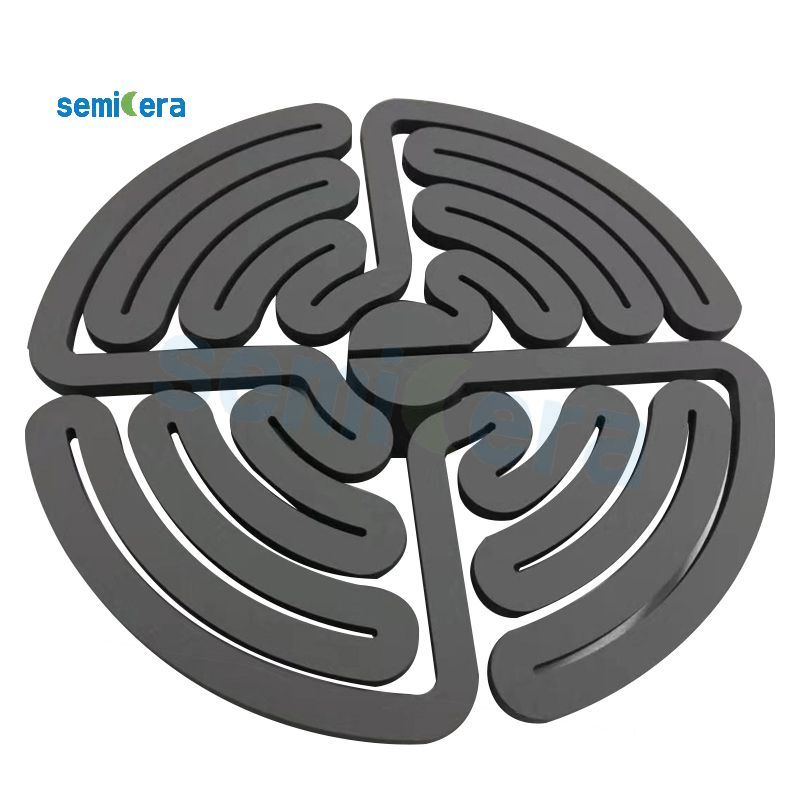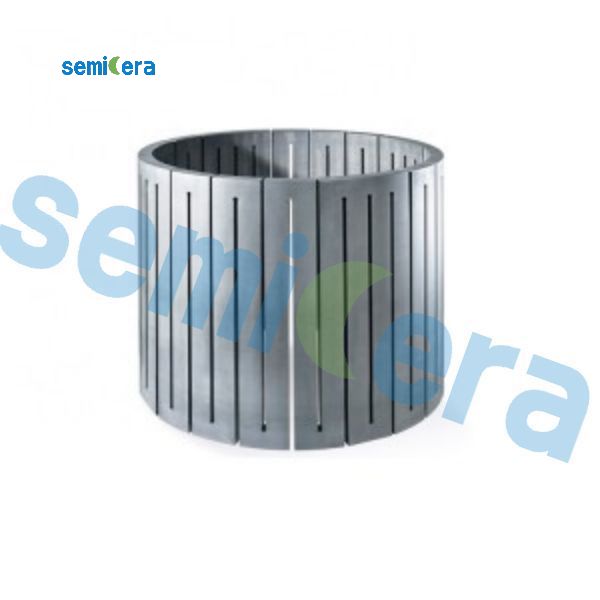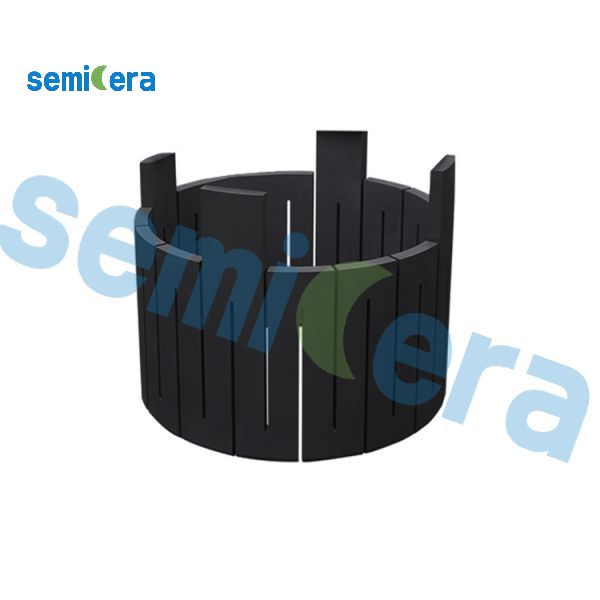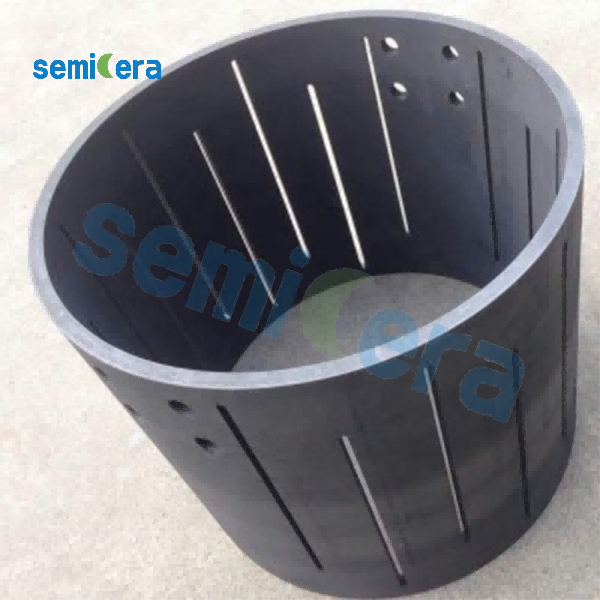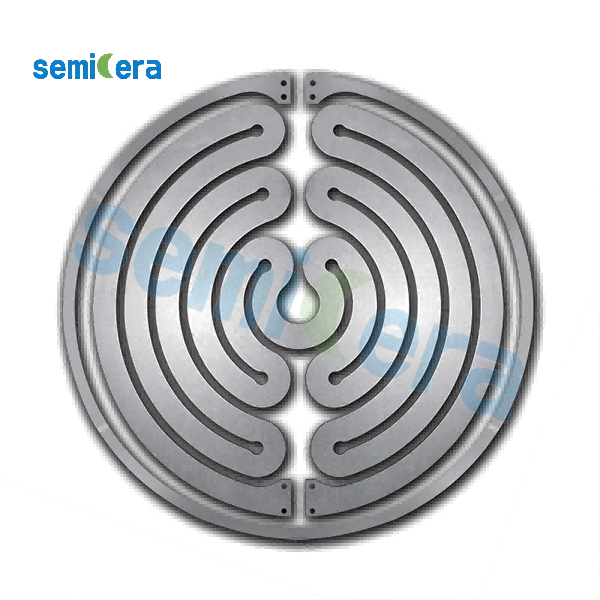Silicon carbide is a kind of synthetic carbide with SiC molecule. When energized, silica and carbon are usually formed at high temperatures above 2000°C. Silicon carbide has a theoretical density of 3.18g/cm3, a Mohs hardness that follows diamond, and a microhardness of 3300kg/mm3 between 9.2 and 9.8. Due to its high hardness and high wear resistance, it has the characteristics of high temperature resistance and is used for a variety of wear-resistant, corrosion-resistant and high-temperature mechanical parts. It is a new kind of wear-resistant ceramic technology.
1、 Chemical properties.
(1) Oxidation resistance: When the silicon carbide material is heated to 1300 ° C in the air, the silicon dioxide protective layer begins to be generated on the surface of its silicon carbide crystal. With the thickening of the protective layer, the internal silicon carbide continues to oxidize, so that the silicon carbide has good oxidation resistance. When the temperature reaches more than 1900K(1627 ° C), the silicon dioxide protective film begins to be damaged, and the oxidation of silicon carbide is intensified, so 1900K is the working temperature of silicon carbide in an oxidizing atmosphere.
(2) Acid and alkali resistance: due to the role of silicon dioxide protective film, silicon carbide has properties in the role of silicon dioxide protective film.
2、Physical and mechanical properties.
(1) Density: The particle density of various silicon carbide crystals is very close, generally considered to be 3.20g/mm3, and the natural packing density of silicon carbide abrasives is between 1.2-1.6g/mm3, depending on the particle size, particle size composition and particle size shape.
(2) Hardness: The Mohs hardness of silicon carbide is 9.2, the micro-density of Wessler is 3000-3300kg/mm2, the hardness of Knopp is 2670-2815kg/mm, the abrasive is higher than corundum, close to diamond, cubic boron nitride and boron carbide.
(3) Thermal conductivity: silicon carbide products have high thermal conductivity, small thermal expansion coefficient, high thermal shock resistance, and are high-quality refractory materials.
3、 Electrical properties.
| Item | Unit | Data | Data | Data | Data | Data |
| RBsic(sisic) | NBSiC | SSiC | RSiC | OSiC | ||
| SiC content | % | 85 | 76 | 99 | ≥99 | ≥90 |
| Free silicon content | % | 15 | 0 | 0 | 0 | 0 |
| Max service temperature | ℃ | 1380 | 1450 | 1650 | 1620 | 1400 |
| Density | g/cm^3 | 3.02 | 2.75-2.85 | 3.08-3.16 | 2.65-2.75 | 2.75-2.85 |
| Open porosity | % | 0 | 13-15 | 0 | 15-18 | 7-8 |
| Bending strength 20℃ | Mpa | 250 | 160 | 380 | 100 | / |
| Bending strength 1200℃ | Mpa | 280 | 180 | 400 | 120 | / |
| Modulus of elasticity 20℃ | Gpa | 330 | 580 | 420 | 240 | / |
| Modulus of elasticity 1200℃ | Gpa | 300 | / | / | 200 | / |
| Thermal conductivity 1200℃ | W/m.k | 45 | 19.6 | 100-120 | 36.6 | / |
| Coefficient of thermalexpansion | K^-lx10^-8 | 4.5 | 4.7 | 4.1 | 4.69 | / |
| HV | kg/m^m2 | 2115 | / | 2800 | / | / |


